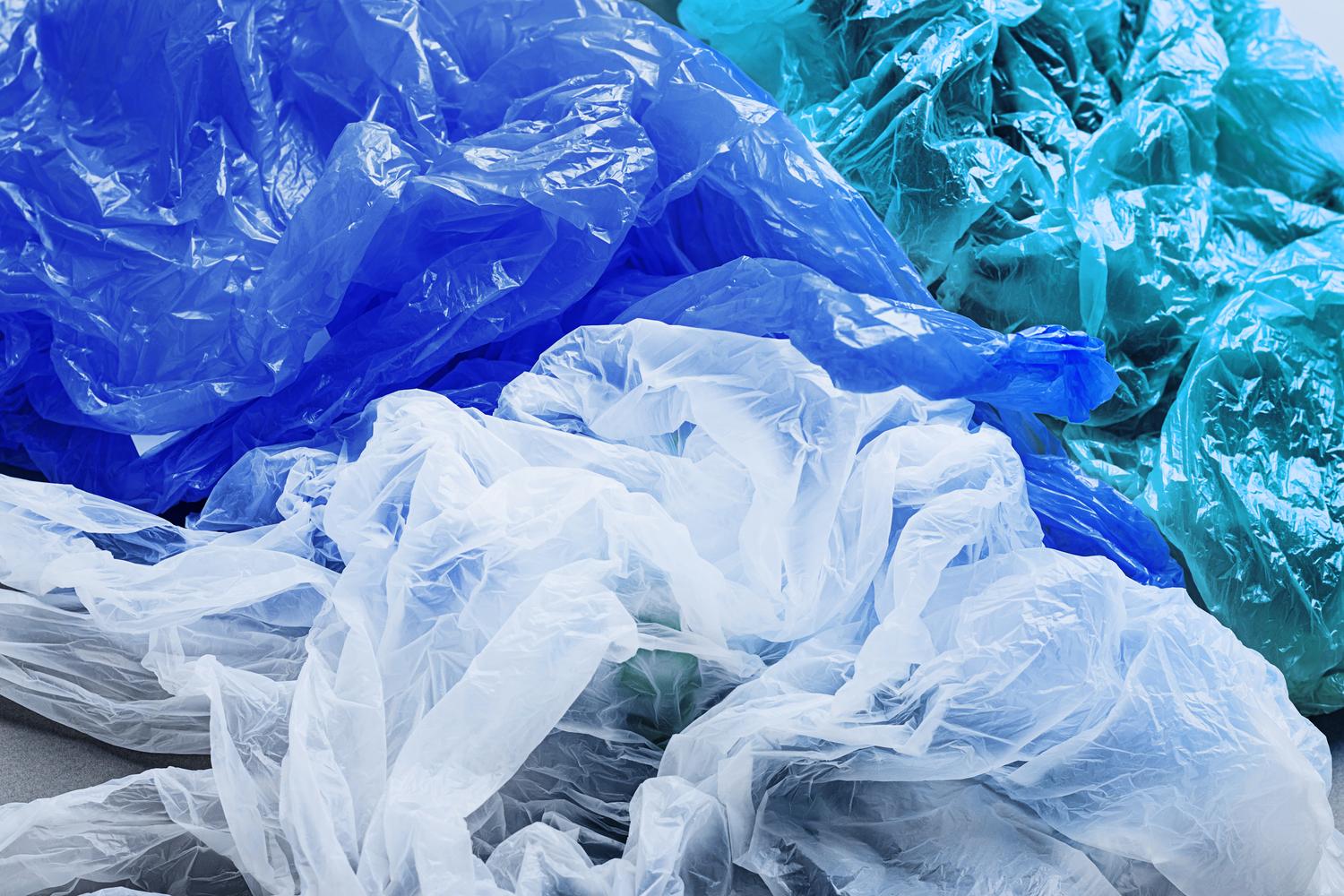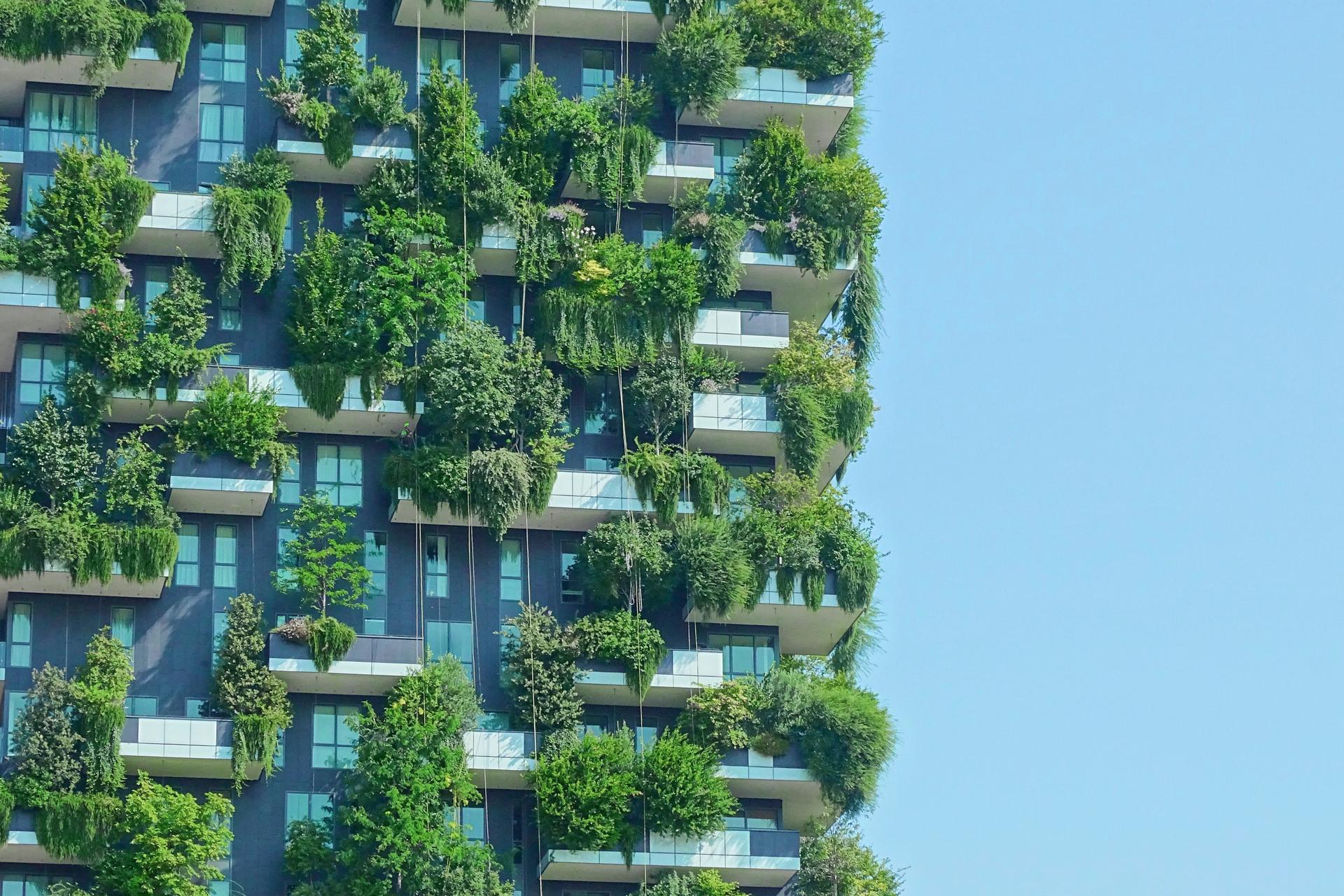
Plastics
11 minute read
Plastic recycling: six big questions answered
Our relationship with plastics is changing fast. Recycling is key to replacing the material’s old linear life cycle with a circular one, prolonging its lifetime – but there is still confusion over many aspects of the recycling process.
Imagine a plastic bag blowing in the wind. It sweeps past your window, untangles itself from the branches of a tree and finally disappears from sight. Now imagine that bag was the last stray piece of plastic waste there ever was.
Plastic waste is a growing environmental concern for our generation but it doesn’t need to be a problem for the next. Besides an attitude change towards seeing all waste as a valuable material for new uses, plastic recycling is one of the key elements helping to solve the plastic waste crisis. But there is a lot of confusion about how plastic recycling process actually works. We asked experts to answer the big questions surrounding recycling to find out how close we are to solutions.
1) Why aren’t all types of plastics recycled?
At the moment, only about 30% of plastic is collected for recycling in Europe, while plastic recycling rate in the US is 8.4%. There is also some obscurity about how much of Europe’s collected plastic actually ends up being recycled.
In theory, almost all types of plastic could be recycled. Particular processes, however, vary according to the type of material used. Many plastics are not recycled - maybe not even collected - if the processes required for recycling them are complicated and, thus, not economically viable. For some plastics, recycling is not possible with the currently available technologies. As technologies continue to evolve, technical and economic barriers to the plastic recycling business gradually begin to lift.
Plastics that are soft when heated and hard when cold – known as thermoplastics – are easier to recycle since they can be reshaped when hot temperatures are applied. These include polyethylene terephthalate, or PET, which is used to make a variety of bottles, trays, clothing, and carpet fibres, and high-density polyethylene, or HDPE, also used to make bottles, packaging and products such as flexible water pipes and fuel tanks for vehicles.
Plastics that become irreversibly hard when heated – known as thermosetting plastics – are harder to recycle since they can’t be reshaped. Polyurethane – typically used to make flexible foam, paints and adhesives – is one of these plastics.
Expanded polystyrene, or styrofoam, is also problematic because it’s largely made up of air. “It takes up a huge volume for the actual mass of plastic,” says Dr Elizabeth Gillies, a polymer chemist at Western University in Ontario, Canada. Although there are machines designed to compact it, recycling polystyrene typically isn’t cost-effective partly because it’s so bulky to transport.
"At the moment, only about 30% of plastic is collected for recycling in Europe, and maybe only one-third of that is actually recycled."
Items that are made up of different types of plastics are also an issue. If they are recycled together, they won’t blend to create a homogenous material. “Different types of plastics don't mix, kind of like oil and water don't mix,” says Dr Gillies. “And then the properties of the [new] material are very poor.” Similarly, composite materials are not typically recyclable. Car parts, for example, can be made of plastic reinforced with carbon fibres, which are not easy to separate to extract potentially-recyclable components.
Compostable and biodegradable plastics are increasingly brought to the market as more environmentally friendly solutions, but as they are intended for biological treatment, most of them are ill-suited for existing plastic recycling processes and may deteriorate the quality of other recyclates. However, there are also bio-based plastics on the market that can be recycled.
2) Why do we need to make new plastics if recycled plastics can be reused?
When most types of plastics are shredded, melted down and processed during mechanical recycling, they degrade in quality. “Plastic is a big long molecule and if it gets chopped up in smaller pieces, or oxidized and chemically changed, then the properties won't be the same,” says Dr Gillies. Typically plastic can only be recycled mechanically a few times before it is too degraded to be used.
There is also contamination to think of. The colors and additives used in making the plastics, as well as possible remnants of goods contained in the plastic packaging, are not removed in the mechanical recycling process. The recycled material may be black or grey, and it can also retain the odors of the products it contained, making it hard to reuse. Most mechanically recycled plastics, therefore, can’t be used to make the same products - or any products in food contact, hygiene or other sensitive applications, such as toys. Often, recycled plastic is repurposed into products with a final end use, such as outdoor items like benches or decks.
PET or polyethylene terephthalate, one of the most recycled plastics, is an exception. PET drink bottles collected in a monostream, e.g. through bottle deposit systems, can be recycled back into the same application. Recycled PET can also be used for other things, such as carpets, roof insulation, clothing and textiles.
Recycled PET isn’t a substitute for all types of plastic, though. “It's not good for flexible packaging or other needs,” says Dr Marc Hillmyer, the director of the Center for Sustainable Polymers at the University of Minnesota in the US. “One size doesn’t fit all”.
"Chemical recycling can turn plastic back into its original components."
New plastic, therefore, needs to be made to meet the quality demands for a variety of products. With new technology, however, the raw material for that new plastic could be waste plastic. Chemical recycling can turn plastic back into its original components, from which new plastic can be made. Chemically recycled plastic is of high quality and can be a drop-in substitute for plastic from virgin fossil feedstock even for sensitive applications, such as food packaging and medical products.
3) What are the advantages of chemical recycling? And what kind of impact can it have in terms of reducing our plastic footprint?
Chemical recycling is an emerging family of technologies that holds great potential to complement conventional, mechanical recycling. While mechanical recycling involves melting plastic items and reforming them into something else, chemical recycling takes a different approach. Chemical recycling converts the waste plastic back into the molecules that it was built from either using chemical, thermal or maybe even photochemical means, says Dr Hillmyer. This means that chemically recycled plastic can have the same properties as virgin plastic.
One of the drawbacks of mechanical recycling is that recycled plastic is typically of lower quality than the new material. But by recovering its building blocks through chemical recycling, plastic can be given a second life even in the same application. “That’s kind of considered the holy grail,” says Dr Gillies.
Chemical recycling can help increase recycling rates, as it can also utilize plastic that is difficult to recycle mechanically. In addition to colored, multimaterial or multilayer plastics, chemical recycling can tackle plastic contaminated with food remnants or containing hard-to-separate components such as dyes or other types of plastics.
Although small chemical recycling plants are already in operation, the technologies are not yet fully established on an industrial scale. The capacity to develop commercial plants in the European Union could be crucial in meeting the EU's goal to recycle 55% of plastics packaging by 2030.
4) How are recycling facilities improving the way they deal with waste?
Recycling efficiency is improved as sorting and recycling technologies continue to improve, and enable recycling of even mixed and contaminated plastic streams. Near infrared (NIR) technology is widely used to sort different types of plastic as they pass by on a conveyor belt. Each type of plastic is chemically different and so has its own characteristic ‘fingerprint’ that can be detected by sensors. “Plastics are diverted into different streams based on their spectra,” says Dr Gillies.
"Artificial intelligence is starting to be exploited at recycling facilities"
One of the drawbacks of NIR systems, however, is that they aren’t able to detect black plastic. Dark colors absorb light waves in the range used by the sensors so their spectra isn’t recognised. Laser systems, however, can detect black plastics and are now being used as a complementary technology in some plants, recovering items for recycling that would otherwise be discarded. Artificial intelligence (AI) is starting to be exploited as well. Humans still do a lot of the legwork in recycling plants, picking out contaminants such as dirty items or other types of waste. But machines that use AI, a camera system and a robotic arm can now be trained to recognize and remove contaminants . One of these robots can sort up to 80 items per minute, which is roughly double the capacity of a human worker. The technology is already being used in some recycling plants in Europe and the US. Many recycling plants are also boosting their ability to reuse different types of plastic. In Germany, for example, a facility in Bernburg is now turning HDPE plastic and polypropylene packaging into industrial products such as drainage pipes, for which it won an award last year. Such products were previously made from virgin plastic. Chemical recycling capacity is being built by several players to enable recycling mixed plastic waste into waxes, chemicals and petrochemical feedstocks for new plastic production. There are also new chemical purification processes that can remove additives, odors and other contaminants from the plastic. For example, a commercial-scale polypropylene recycling plant opened last July in Ohio, with similar facilities expected to follow soon in other parts of the US and in Europe. Technology continues to help the industry evolve to meet the standards we expect from it, and new solutions are being found every day to help reduce the plastic waste surplus.
5) Why are we still using plastic food packaging if it isn’t recyclable?
When assessing the impact of plastic packaging, it is important to take into account the environmental footprint of the whole product over its life cycle - not just the packaging. Plastic packaging quantifiably prevents food waste by protecting the food during transport and storage, preventing spoilage of food and helping food maintain appealing color.
Of course, for maximum sustainability, the packaging should be efficiently recycled. However, improving packaging recyclability may mean needing to use a larger quantity of packaging material, compromising on food safety or increasing food waste - and the adverse effects of each may outweigh the environmental benefits of recycling. Therefore, decisions should be made based on a comprehensive assessment of all life cycle impacts.
Producing food requires water and energy which is wasted if food isn’t consumed, and the environmental cost of food waste is enormous - even 20 times that of the packaging. When food ends up in landfill it rots and produces methane – a more potent greenhouse gas than carbon dioxide. Discarded food accounts for up to 10% of all greenhouse gas emissions, where between 25% and 30% of all food produced worldwide is wasted according to a recent report by the Intergovernmental Panel on Climate Change (IPCC). If plastic wrap can save food from being wasted, it may therefore have an underappreciated value. “Plastics should be eliminated where they're really not necessary and they don't provide a benefit,” says Dr Gillies. “But if they're actually providing an environmental benefit, then it may still be better than not using [it].”
6) Is recycling itself harmful to the environment?
While plastic waste is definitely harmful to the environment, and we should develop waste management and recycling systems to prevent plastic waste from ending up in nature, recycling processes do have an environmental cost, as well.
For example, the transport required to pick up waste from bins and take them to a recycling plant, contributes to greenhouse gas emissions. Water and chemicals may be required to clean plastic waste, energy is required for sorting, and a recycling plant generates emissions since it uses energy to melt and process plastic. “There is certainly energy input and resource input to recycle,” says Dr Hillmyer.
"If the entire life cycle of plastics is considered, emissions from recycling are marginal."
However, if the entire life cycle of plastics is considered, the greenhouse gas emissions from recycling are marginal. The first global assessment of greenhouse gas emissions of plastic conducted last year found that end-of-life emissions from plastics, when incineration, recycling and landfill options are considered as options, make up just 9% of the total emissions accumulated over their lifespan. The environmental footprint of recycling can be further reduced if renewable sources of energy are used. Chemical recycling also produces greenhouse gas emissions. Its footprint is bigger than conventional recycling since it uses more heat and involves additional steps. However, certain chemical recycling processes can produce their own energy from the waste being processed, and recycling plastic chemically also offsets emissions that would otherwise be generated from the production of new plastic from fossil feedstock. “Doing a life cycle analysis is important but the value is that this plastic can easily be converted back into new materials,” says Dr Hillmyer.
Credits: Sandrine Ceurstemont, a science and tech journalist whose work has appeared in The Guardian, National Geographic, BBC Earth and Scientific American.





